Machine Age Lighting
The Machine Age, also known as the Industrial Revolution, not only transformed the way products were manufactured but also transformed the way we illuminate our homes. With advances in technology, new materials, and design thinking, lighting designers in the early 20th century created sleek, functional, and innovative lighting solutions that reflected the progress and optimism of the age.
In this article, we’ll delve into the history of machine age lighting for the home, explore some of the iconic designs, and consider how the principles of machine age lighting continue to influence contemporary lighting design.

Early Innovations:
The beginnings of machine age lighting for the home can be traced back to the 1920s and 1930s. During this period, advances in technology and materials resulted in new possibilities for lighting design. Machine age lighting was characterized by functional designs, the use of new materials such as steel, aluminum, and glass, and an emphasis on clean lines and geometric shapes.
One of the key developments in machine age lighting was the use of electric lighting. The first incandescent lightbulb was invented in 1879, and by the early 20th century, electric lighting had become much more common in homes. This new technology paved the way for innovative lighting designs that were more efficient and versatile than gas or oil lamps.
One of the early pioneers of machine age lighting was the German industrial designer Wilhelm Wagenfeld. In the 1920s, he created a series of glass pendant lights that were designed to be mass-produced. The lights had a simple, functional design, with clean lines and minimal ornamentation. They were produced by the German glass manufacturer Bauhaus, and today they are still considered iconic examples of machine age lighting.
Another innovator in the field of machine age lighting was the American designer Gilbert Rohde. In the 1930s, he created a series of lighting designs inspired by the sleek lines and geometric shapes of machine age design. He used new materials such as aluminum and Bakelite to produce streamlined desk lamps and floor lamps that were both functional and visually striking.
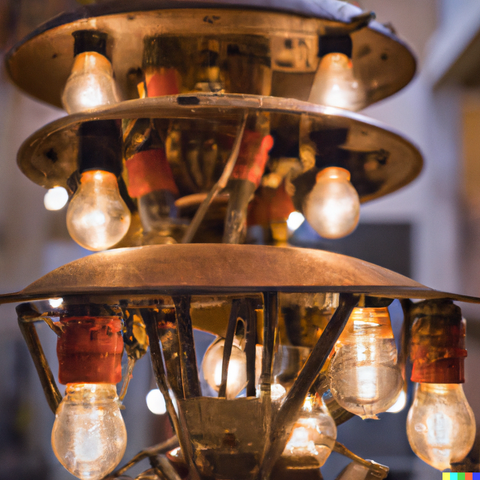
Iconic Designs:
One of the most famous examples of machine age lighting is the Anglepoise lamp, which was designed in 1932 by the British designer George Carwardine. The lamp was inspired by Carwardine’s work as an automotive engineer and featured a unique balancing mechanism that allowed it to be positioned in any direction. The Anglepoise lamp was an instant success and has since become an iconic example of machine age design.
Another iconic design from this period is the 1933 Grasshopper lamp, designed by the Swedish designer Greta Magnusson Grossman. The lamp had a distinctive, curving shade that was reminiscent of the leg of a grasshopper. The lamp’s base and stem were made of brass, and the shade was made of aluminum. Today, the Grasshopper lamp is considered a classic of machine age lighting design and is still produced by the Swedish lighting company Gubi.
One of the most influential designers of machine age lighting was the Italian architect and designer Gio Ponti. Ponti designed a range of lighting products in the 1930s, including the iconic Luminator floor lamp. The Luminator lamp had a streamlined, geometric design, with a triangular base made of painted steel and a conical shade made of opaline glass. The lamp’s minimalist design and use of new materials made it a popular choice for modernist architects and designers.

The Influence of Machine Age Lighting Today:
Although the machine age ended more than 80 years ago, its principles continue to influence contemporary lighting design. Today, lighting designers are still inspired by the clean lines, industrial materials, and functional design of machine age lighting.
One example of this influence can be seen in the work of the Dutch designer Marcel Wanders. Wanders is known for his innovative lighting designs, many of which are inspired by the machine age. His 2001 project “Egg of Columbus” is a pendant lamp made of aluminum and glass that is inspired by Dutch shipbuilding techniques. Wanders’ work reflects the machine age’s focus on combining form and function with a strong emphasis on materials and construction.
Another contemporary designer who has been influenced by machine age lighting is Ingo Maurer. Maurer is known for his imaginative and playful lighting designs, many of which are inspired by the principles of machine age lighting. His “Bulb” lamp from 1966 is a playful take on the classic lightbulb, with a clear glass bulb that contains a small chrome light fixture. Maurer’s work continues to reflect the machine age’s focus on innovation and creativity.
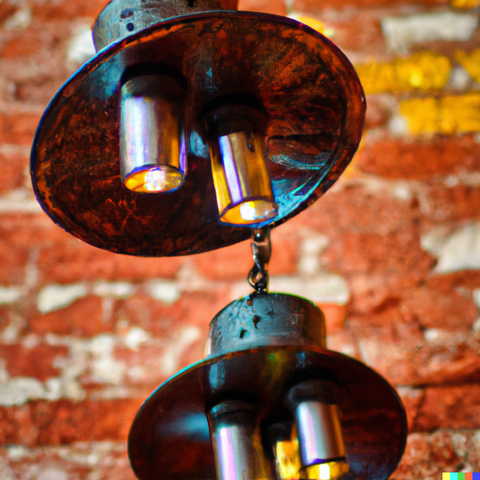
Machine age lighting for the home was a product of its time, reflecting the optimism and excitement of the early 20th century. The designers of this era used new materials, technology, and design thinking to create lighting products that were not only functional but also visually interesting and innovative. Today, the principles of machine age lighting continue to influence contemporary lighting design, with designers inspired by the clean lines, industrial materials, and functional focus of this iconoclastic period in design history. From Anglepoise lamps to contemporary designs by Ingo Maurer and Marcel Wanders, the influence of machine age lighting can be seen all around us.








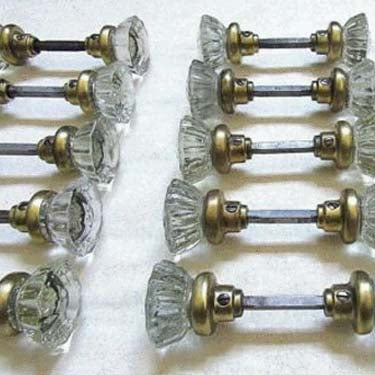





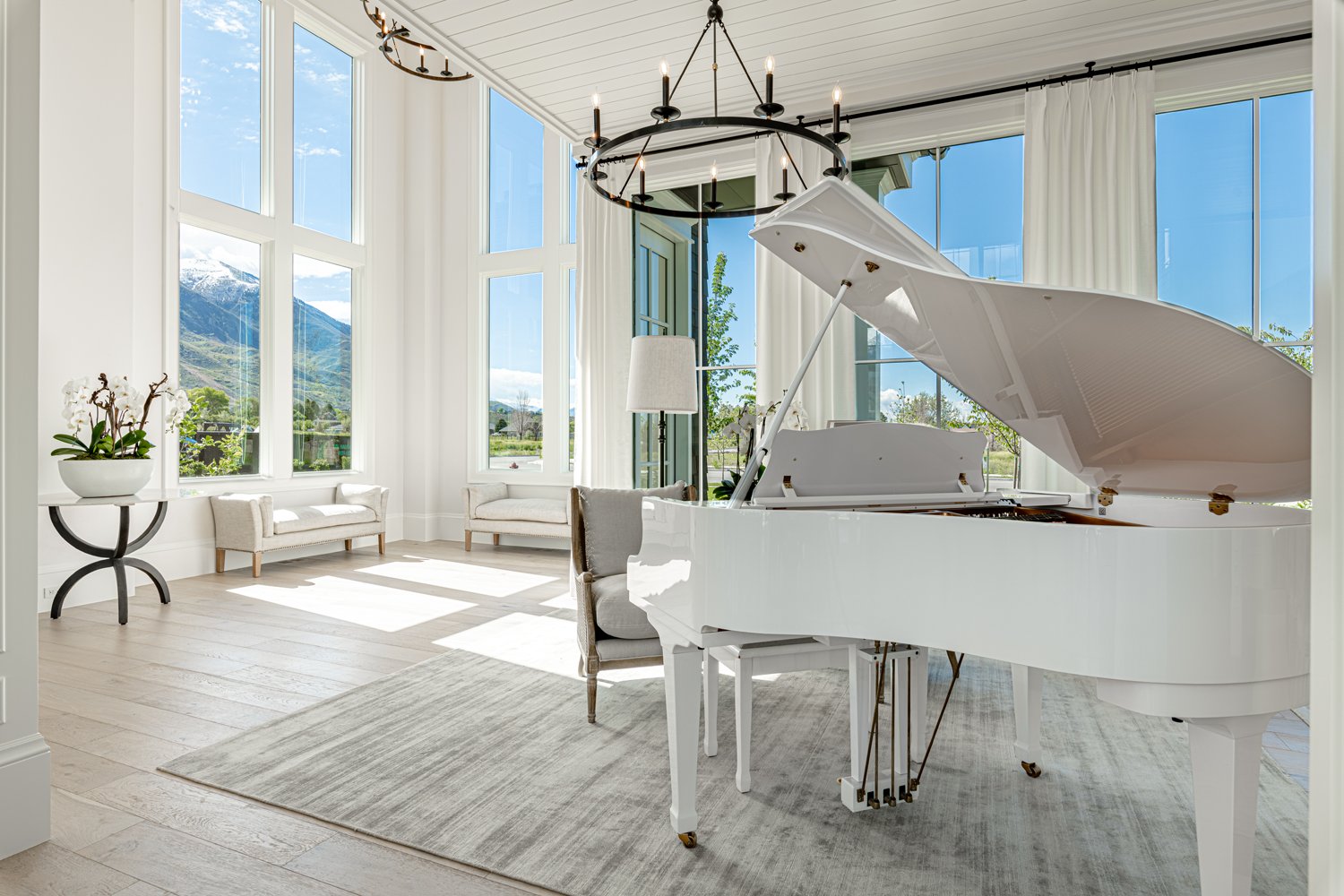
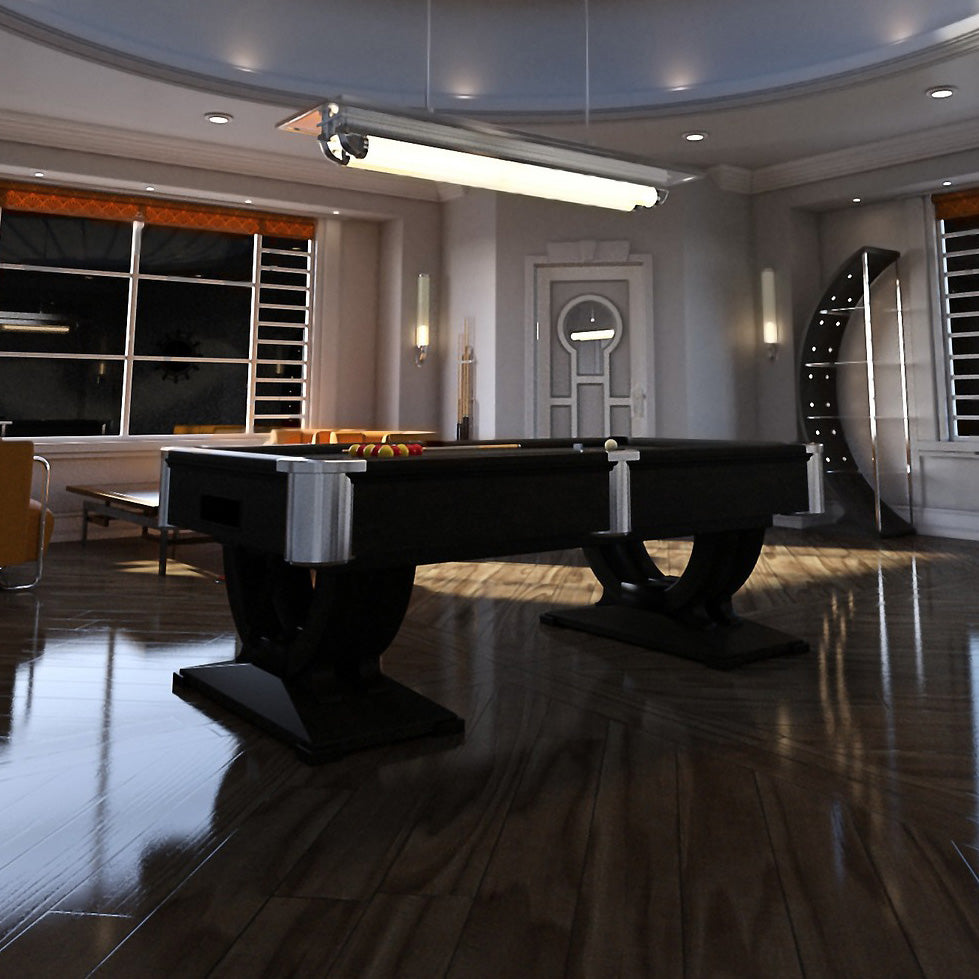
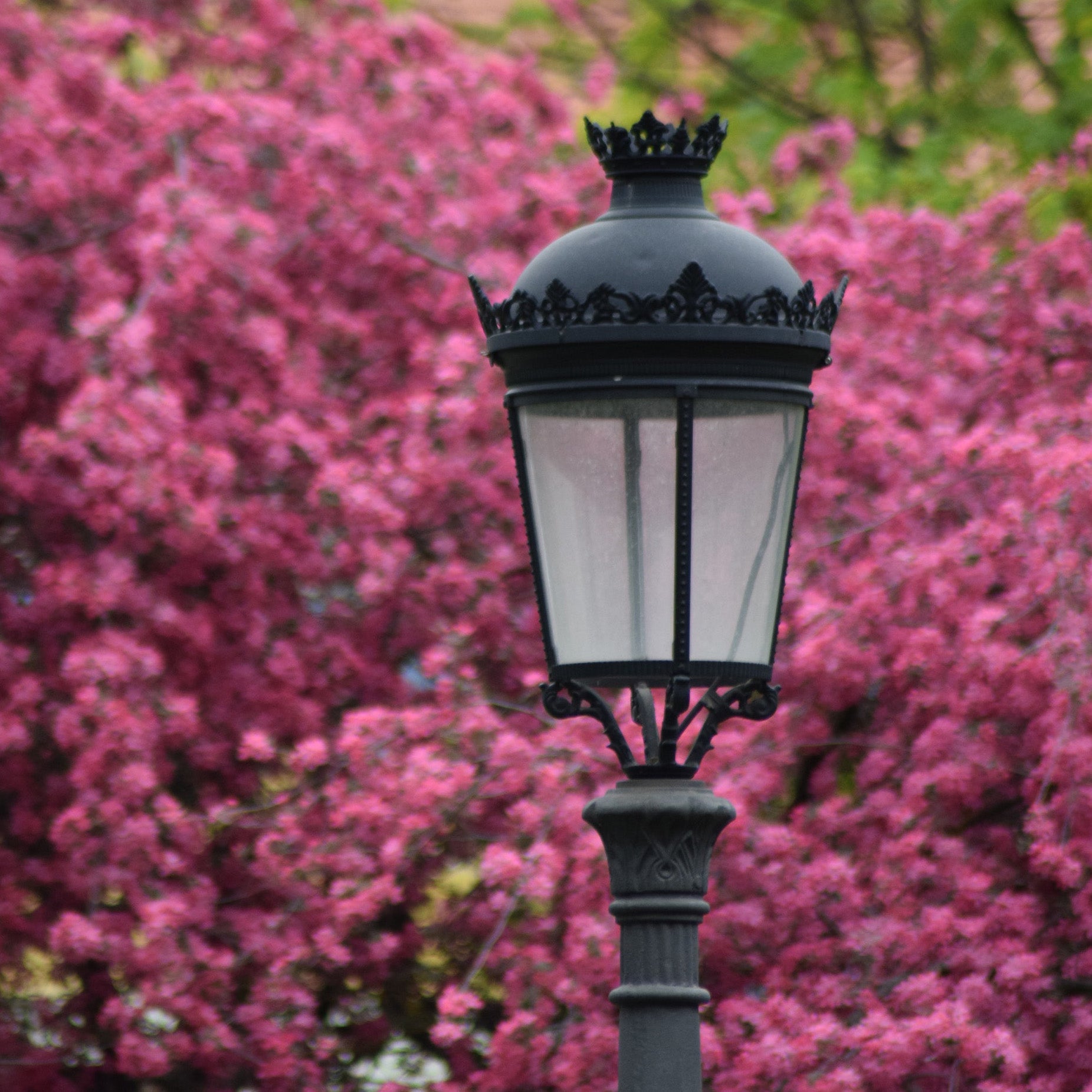




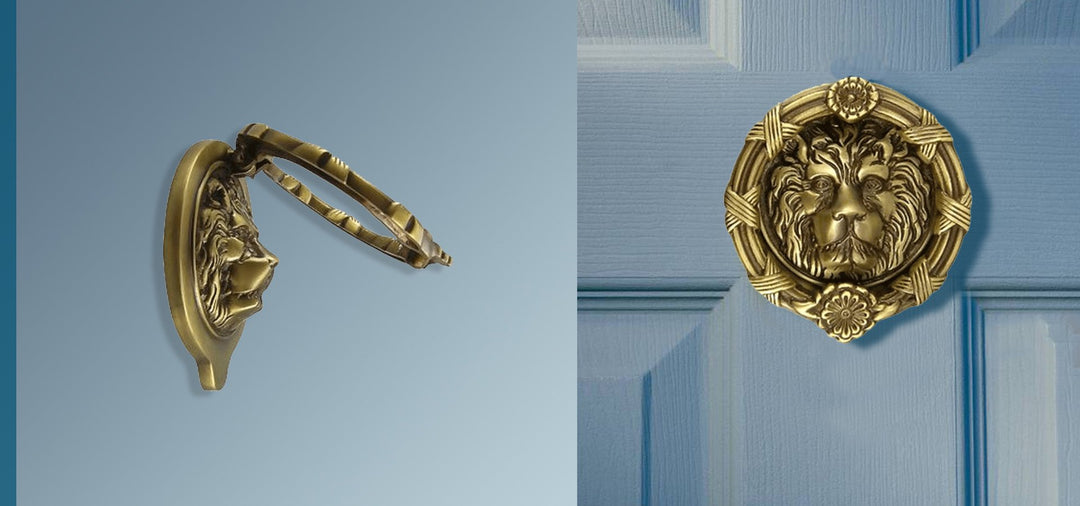

Leave a comment